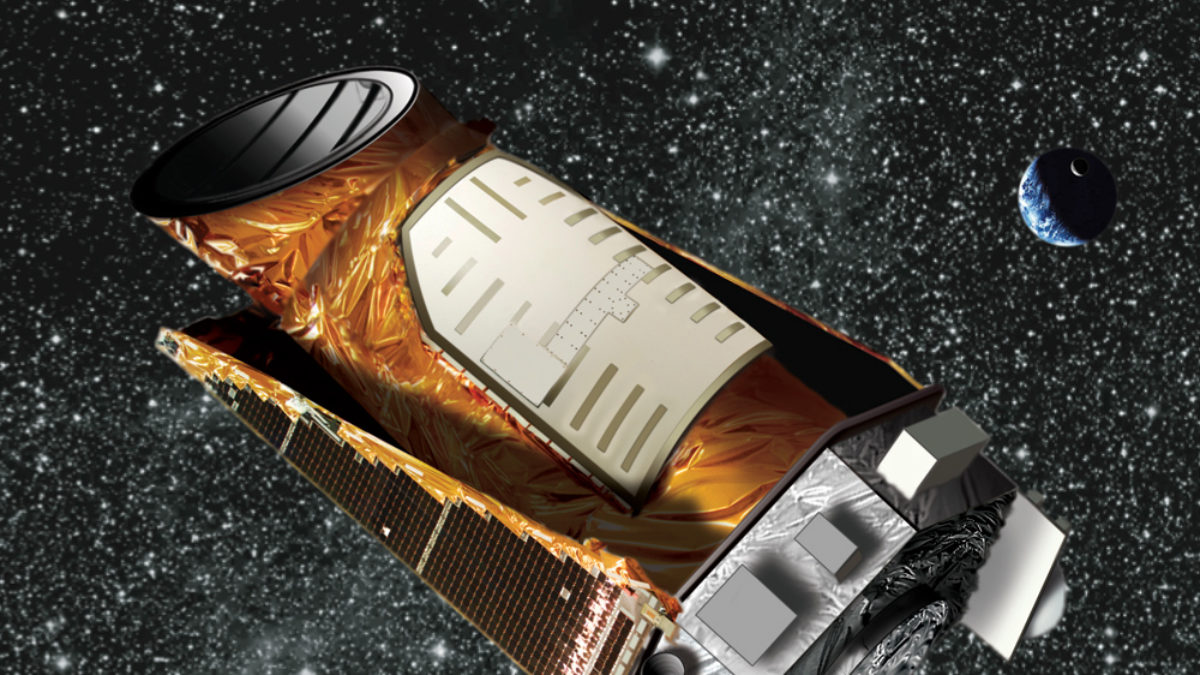Student & Google engineer spot 2 new planets using AI
Student & Google engineer spot 2 new planets using AI
Astronomers have found two new planets after analysing Kepler space telescope's archived data using artificial intelligence (AI). The team included Google engineer Christopher Shallue and was led by University of Texas at Austin undergraduate Anne Dattilo. "The technique shows promise for identifying many additional planets that traditional methods could not catch," they said.
 |
Kepler Space Telescope (credit: NASA/JPL-Caltech/Wendy Stenzel) |
Trivia :
Kepler was operated out of Boulder, Colorado, by the Laboratory for Atmospheric and Space Physics (LASP) under contract to Ball Aerospace & Technologies. The spacecraft's solar array was rotated to face the Sun at the solstices and equinoxes, so as to optimize the amount of sunlight falling on the solar array and to keep the heat radiator pointing towards deep space. Together, LASP and Ball Aerospace control the spacecraft from a mission operations center located on the research campus of the University of Colorado. LASP performs essential mission planning and the initial collection and distribution of the science data. The mission's initial life-cycle cost was estimated at US$600 million, including funding for 3.5 years of operation.
In 2012, NASA announced that the Kepler mission would be funded until 2016 at a cost of about $20 million per year.










.jpeg)
